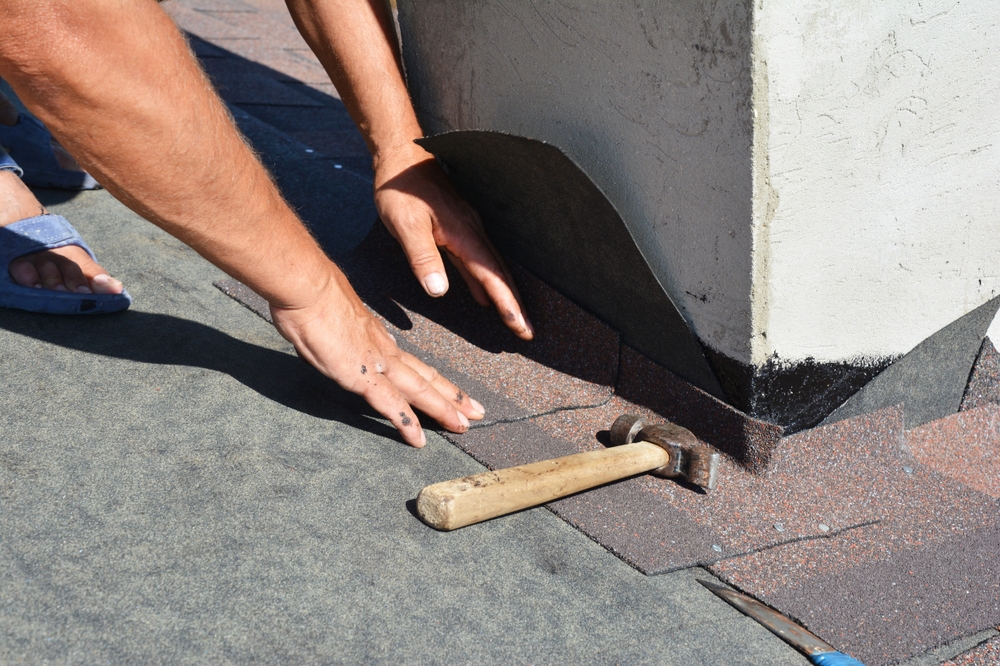Your home is likely the biggest investment you’ll ever make, and what supports that investment? Your foundation. Here at Tennessee Deck and Fence, we know that building and maintaining outdoor structures like decks and fences is essential, but equally vital is protecting the underlying structure of your home—especially the basement or crawlspace—from moisture damage.
Ignoring water intrusion can lead to serious problems like mold, wood rot, foundation cracks, and structural instability. Here is our guide to securing your home’s lower levels from the persistent threat of water.
Why Waterproofing is Non-Negotiable
In East Tennessee, we experience everything from heavy spring rains to sudden summer downpours. When water pools around your foundation, it seeks the path of least resistance, often seeping into your basement or crawlspace.
For homeowners, this moisture leads to:
- Structural Damage: Constant dampness can deteriorate concrete and lead to wood rot in joists and beams, compromising the safety of your home.
- Health Risks: Mold and mildew thrive in damp, dark spaces and can significantly reduce the indoor air quality throughout your entire home.
- Wasted Energy: A damp crawlspace requires your HVAC system to work harder to condition humid air, raising your energy bills.
The First Line of Defense: Proper Drainage
The easiest and most cost-effective way to waterproof your foundation starts outside your home.
1. Correct Downspout Management
A common mistake is allowing rainwater to dump right next to the foundation. This is essentially guaranteed to lead to basement leaks. Tennessee Deck and Fence strongly advises ensuring that your gutters and downspouts are properly maintained and, critically, that they discharge water at least five to ten feet away from the foundation. Using downspout extensions or underground drainage pipes directs roof water safely away from the crucial foundation zone.
2. Grading and Landscape Slope
The ground surrounding your home should always slope away from the foundation. If the soil slopes toward your house, it will funnel every drop of rainwater directly to your basement walls. Adding soil or adjusting the landscape grade can redirect surface runoff, keeping your foundation dry.
Sealing the Deal: Crawlspace and Basement Solutions
Once the exterior drainage is optimized, you must address the interior moisture entry points.
1. Vapor Barriers for Crawlspaces
In crawlspaces, moisture often comes directly from the ground. A heavy-duty, reinforced plastic sheeting—known as a vapor barrier—should be laid across the entire crawlspace floor and run up the foundation walls. This barrier physically prevents ground moisture from evaporating into the crawlspace air, drastically reducing humidity and inhibiting mold growth.
2. Interior Wall Sealing
For both basements and crawlspaces, sealing the walls is vital. While concrete walls appear solid, they are actually quite porous.
- Sealants: Applying a high-quality, hydraulic cement or waterproof coating directly to the interior walls can fill those porous gaps and stop minor seepage.
Encapsulation: In crawlspaces, complete encapsulation involves sealing the entire space—walls, floor, and vents—with thick plastic sheeting, creating a dry, conditioned environment
Conclusion
Protecting your home from water damage is a comprehensive task that starts with exterior drainage and finishes with interior sealing. While you might know Tennessee Deck and Fence for creating beautiful outdoor living spaces, we understand that a beautiful exterior deserves a strong, dry foundation. Call us for a free inspection and quote today to get you on your way to a dry and protected foundation.
📞 Contact Tennessee Deck and Fence today to schedule your free consultation and lock in your fall build date!

